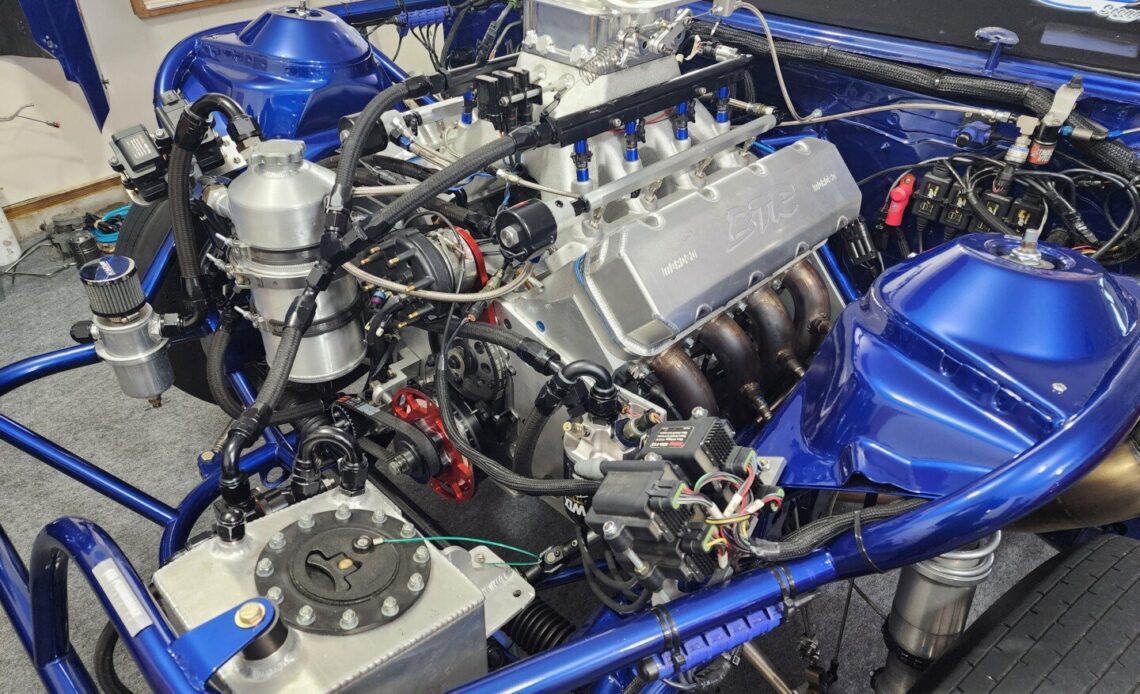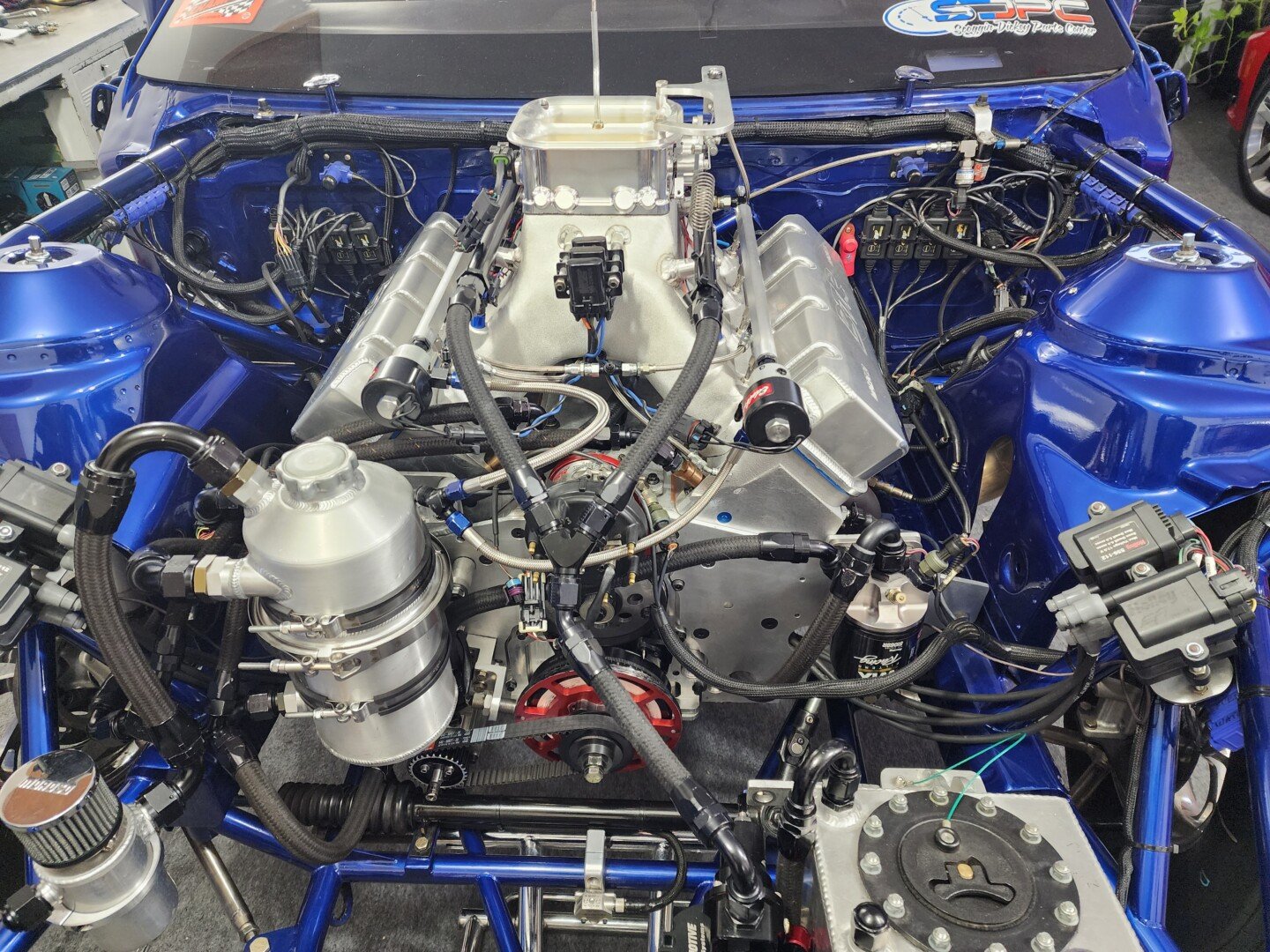Like many longtime drag racers, Bill Trovato is an automotive old dog who doesn’t want to learn new tricks. A 57-year-old carb guy who, like many carb guys, knows what works when it comes to tuning his preferred form of induction and fueling. Forget all that EFI computer tuning diagnostic noise and direct injection mumbo-jumbo. Carburetors rule… right? But the call of a carb-delete is hard to resist.
Those who are familiar with Bill and his 2013 Camaro race car, know full well that the guy is also hopelessly hooked on giggle gas. A nitrous guy with a self-confessed straight-line speedster mentality, and zero interest in taking the boosted bypass. May it be at a snail’s pace or a blower’s bidding, Bill has zero interest in adding either form of forced induction to his Camaro.
But whereas the use of forced induction remains completely out of the question, converting over to fuel injection suddenly became an option in 2022. Primarily out of necessity, and partially due to curiosity, Bill made the move after decades of resistance, and holy hell was he surprised by the results.
Does fuel injection truly have the power to outperform a perfectly tuned high-performance carburetor configuration on a drag monster? And if so, what does that translate to in regard to reliability and tuning headaches? These and many more questions plagued Mr. Trovato’s thoughts all the way up until the proverbial proof hit the pavement.
We recently caught up with the BTR Performance founder and drag car pilot to get the inside scoop on his little EFI carb-delete experiment, and man did he have one heck of a story to tell…
Confounded Carburetor Constrictions
Bill’s engine is a 465-cubic-inch small-block LS engine. A dry-sump setup with a solid core of internal upgrades that’s been built for nitrous action. Controlled by a three-speed Turbo 400A tranny from RPM Transmission, Bill’s motor consistently made around 940 horsepower in naturally aspirated carb form. Not bad by any means, especially considering that a fat splash of laughing gas lay just a button mash away.
But when Bill began looking at his carbureted fuel numbers, he was left feeling equal parts aghast and unsure about his racing future. His powerplant combo may have made high-RPM shenanigans a cinch, but the engine’s fuel flow figures were leveling out in the higher RPM range and power was dropping. It was an issue that Bill had noticed on track on occasion, but had assumed was either driver error…
Click Here to Read the Full Original Article at DragzineDragzine…


